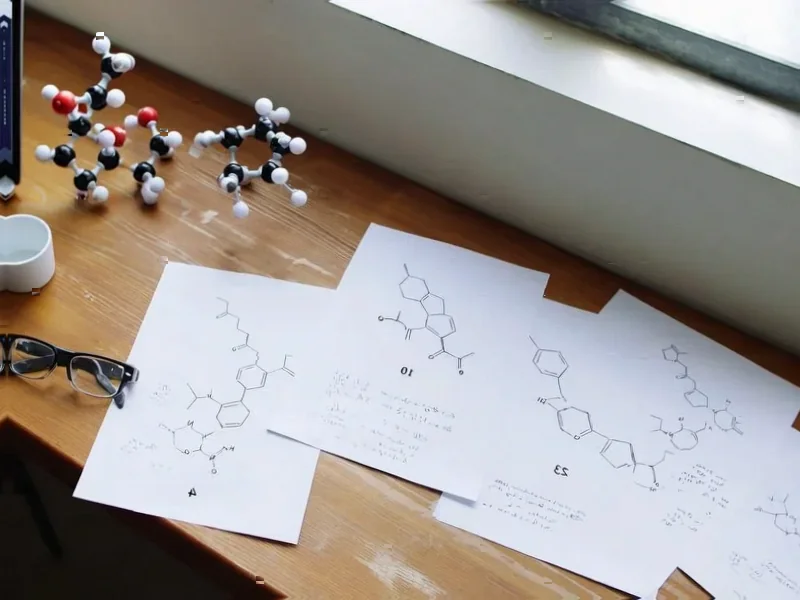According to Phys.org, researchers at Tokyo University of Science have achieved a major breakthrough in simulating RNA folding using molecular dynamics. Associate Professor Tadashi Ando combined the DESRES-RNA atomistic force field with the GB-neck2 implicit solvent model to test 26 different RNA stem-loops ranging from 10 to 36 nucleotides. The results were stunning – 23 out of 26 RNA molecules successfully folded into their expected structures, with 18 simpler stem loops achieving exceptional accuracy below 2 Å RMSD for stems. Even more complex structures with bulges and internal loops saw success in 5 out of 8 cases, all starting from completely unfolded states.
Why This Changes Everything
Here’s the thing about RNA – we’ve known it’s incredibly important for years, but actually predicting how these molecules twist and fold has been like trying to solve a 3D puzzle blindfolded. Previous studies could only handle maybe two or three simple structures of about 10 residues. This new approach? It’s handling 26 complex ones. That’s not just incremental improvement – that’s a quantum leap.
And the timing couldn’t be better. With RNA therapeutics exploding after the COVID vaccine success, pharmaceutical companies are desperate for better tools to design these molecules. Think about it – if you can accurately simulate how an RNA drug will fold, you can design it to be more stable, more effective, and potentially target diseases we’ve struggled with for decades.
The Secret Sauce
So what made this possible when so many previous attempts failed? Basically, it comes down to two key innovations working together. The DESRES-RNA force field gives them incredibly detailed physics for how atoms interact, while the GB-neck2 solvent model handles the water environment without having to simulate every single water molecule. That last part is crucial – simulating explicit water molecules is computationally expensive as hell.
This combination allowed them to sample conformations much faster than traditional methods. It’s like they found a shortcut through computational space that still maintains accuracy. But here’s the catch – while stem regions were highly accurate, loop regions still showed some deviation. That tells me there’s room for improvement, particularly around modeling those tricky non-canonical base pairs and incorporating magnesium ions.
What’s Coming Next
Now, this isn’t the finish line – it’s more like we’ve finally found the on-ramp to the highway. Dr. Ando himself says this is “an important milestone” rather than the final solution. The real test will be scaling this up to even larger RNA structures and validating it against more experimental data.
I’m particularly excited about what this means for drug discovery. Imagine being able to virtually test thousands of RNA therapeutic candidates without ever stepping into a lab. The cost savings alone could be massive. And with genetic disorders, viral infections, and cancer all in the crosshairs of RNA-based treatments, this computational breakthrough might just accelerate treatments that could save millions of lives.
The full study is available in ACS Omega for anyone who wants to dive into the technical details. But the big picture is clear – we’re entering a new era of RNA design, and computational tools are leading the way.




